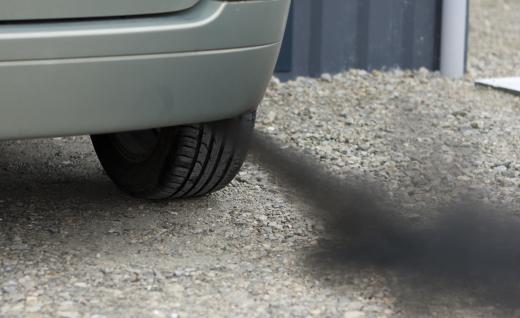Waste heat is the thermal energy which is commonly discarded after being created as a byproduct of industrial processes and working machinery of all kinds, including domestic appliances and cars. The recovery of waste heat can be carried out in a number of different ways, but techniques are limited by the need to be cost-effective in order to be commercially viable. One successful example is the waste heat recovery boiler, which can be situated above heat-generating equipment to generate steam that can drive electricity-producing generators.
There are many ways in which waste heat can be lost, including flue gases, heat loss from pipes, boiler exhaust and warm air vented from heated rooms. Only if the heat can be used in a way which causes benefit can it cease to be defined as waste. Possible uses include heating of water, production of steam to drive turbines, and heating of public spaces. Pipes filled with fluid, known as heat pipe exchangers, are able to transfer heat and are used in situations where hot exhaust from kilns, furnaces and boilers can be recovered and used to warm air or water. What are known as waste heat recovery boilers often transform the heat of combustion, in engines or incinerators for example, to form steam or to heat water or other fluids.

Waste heat recovery systems can be seen as a form of recycling, where thermal energy is extracted from an industrial process and fed back into the system, reducing the overall use of fossil fuels. Most of the waste heat created by industry is in the form of gases or liquids, and where processes take place at extremely high temperatures, such as 1,800 degrees Fahrenheit (about 983 degrees Celsius) and above, as much as half of the energy used to drive the original process may be lost in the form of waste heat. Using a waste heat recovery system, a large proportion of the lost energy can instead be used as power, decreasing the financial cost and fossil fuel consumption involved in running the equipment and reducing the emission of greenhouse gases and pollutants into the atmosphere.
The development of waste heat recovery systems for cars and ships is already under way. What is known as a thermoelectric generator is being produced for cars. This is a unit which can convert the car's waste heat into electricity, supplying all the electricity it needs and improving fuel efficiency at the same time. A similar method, turning the waste heat of ships into a supply of onboard electricity, could reduce their huge greenhouse gas emissions and lower fuel consumption at the same time.
